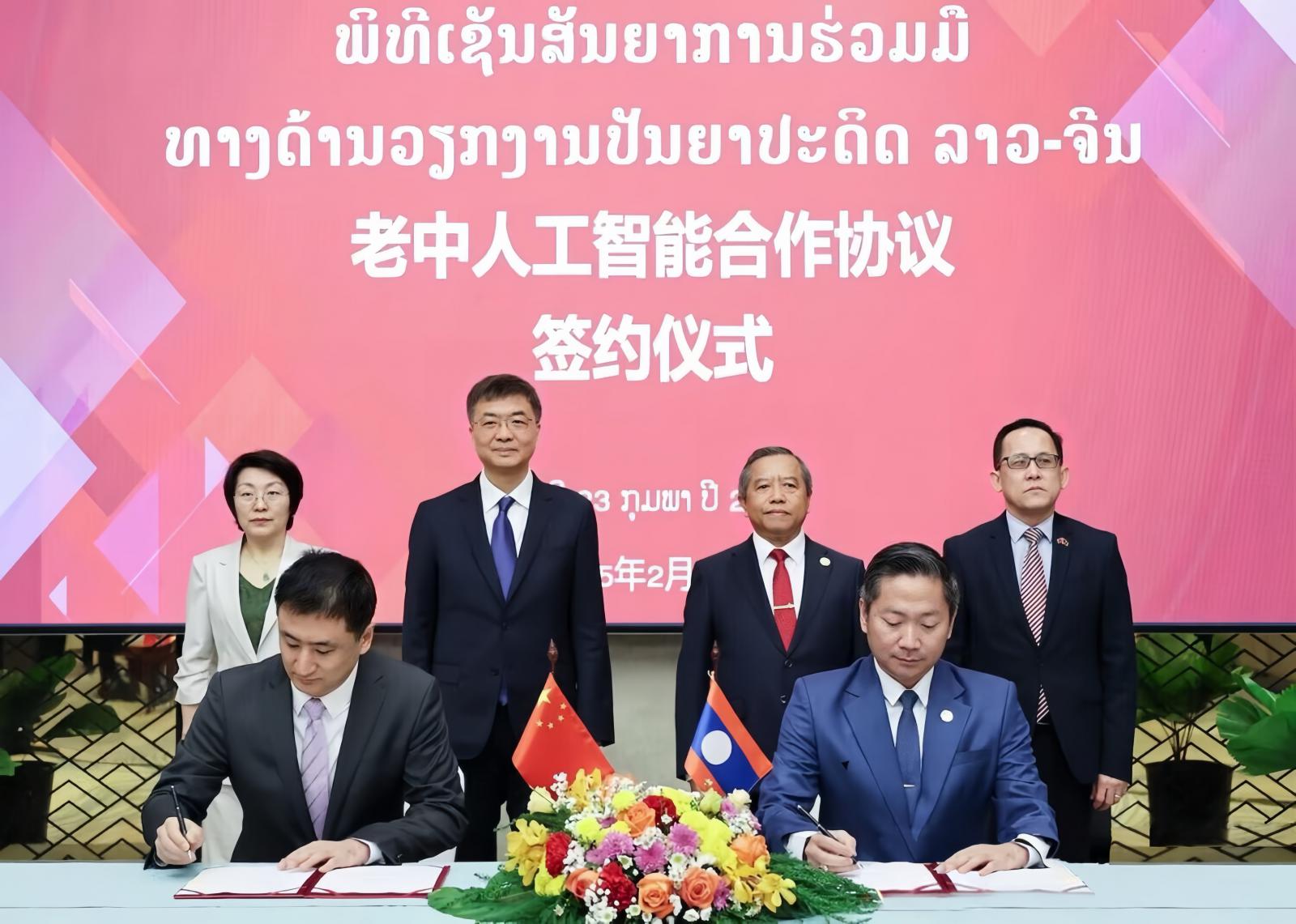Start Next Golden Era of Malaysia-China Bilateral Trade
China ASEAN Business | Thematic Report of the 50th Anniversary of China-Malaysia Diplomatic Relations
The year 2024 marks a crucial time to build on the achievements and open up a new future for Malaysia and China. In the past five decades, these two important economies in Asia have achieved fruitful and lasting cooperation in the fields of economy and trade. Malaysia has forged an important partnership with China; at the same time, China has also become Malaysia’s largest trading partner. Thus, the two economies are now closely intertwined and highly symbiotic.
Standing at a new starting point of the 50th anniversary of diplomatic relations between Malaysia and China, we review the fruits of previous economic and trade cooperation between the two sides and look forward to embracing the next golden era.
Propelling trade to reach new heights
Economic and trade cooperation has served as an important anchor and source of impetus for developing bilateral relations between Malaysia and China. Over the past 50 years, as the trade volume has remained at a high level, the business relations between the two countries have maintained a strong momentum of development.
The scale of trade has continued to expand. From the historical perspective, since the establishment of diplomatic relations in 1974, bilateral trade has leaped from less than US$200 million to more than US$100 billion, reaching up to US$190.3 billion in 2023. Imports and exports amounted to US$87.4 billion and US$102.9 billion respectively, accounting for 20% of Malaysia’s total foreign trade, and the percentage continues to rise. After 50 years of interaction and codevelopment, Malaysia has become China’s second-largest trading partner in ASEAN after Vietnam. Meanwhile, China has become Malaysia’s top source of imports and has been Malaysia’s biggest trading partner for 15 consecutive years.
Trade has shifted from a deficit to a surplus, and twoway trade has been moving toward greater balance. According to statistics collected by China (in USD/ RMB), Malaysia’s trade with China has shifted from a deficit to a surplus since 2014, reaching a peak surplus of US$21.6 billion in 2021. Although the trade balance has fluctuated due to international political and economic factors, bilateral trade has generally developed and maintained balance. Notably, Malaysia-China import and export volumes have grown consecutively for six years from 2017 to 2022, with Malaysia’s imports from China achieving a maximum growth of 36.7% and exports reaching a peak growth of 30.32%. This is a reflection of closer Malaysia-China economic and trade relations, as well as a demonstration of mutual benefit and win-win cooperation.

Economic and trade policies have been well implemented, and mutually beneficial cooperation has been constantly deepened. Since the 21st century, Malaysia and China have been jointly exploring ways for closer cooperation, signing numerous bilateral and multilateral trade agreements, and injecting new impetus to bilateral economic and trade cooperation. The two sides first launched the ASEAN-China Free Trade Area in 2010 and now actively move forward with negotiations on building a Version 3.0. As the world’s largest free trade agreement, the Regional Comprehensive Economic Partnership (RCEP) has officially come into effect for Malaysia. The two countries will ultimately break down trade barriers and promote bilateral trade by opening up markets and implementing tariff preferences.
Improving composition and quality of trade
Trade structure boasts complementary strengths. Malaysia and China exhibit strong complementarity in terms of resource composition, industrial structure, and import and export mix. As of 2023, intermediate products such as machinery and electronics products are Malaysia’s major import goods, while crude oil, petroleum products, and natural gas are the primary exports to China. Malaysia is the third largest source of liquefied natural gas and the second largest source of palm oil for China.
The trade structure has been continuously improved. In the past, primary products took a lion’s share of twoway trade. Thanks to the rapid development of Malaysia’s electronics industry and China’s manufacturing industry, the composition of traded commodities has gradually optimized, with increasing high-tech product trade. Specifically, the trade has transitioned from focusing on primary products to higher valueadded manufactured products such as machinery and electronic products, and manufactured products, resulting in a noticeably improved trade structure. If we take a close look at Malaysia’s imports from China, most of the commodities are electronic products, including integrated circuits, automatic data processing equipment and accessories, as well as smartphones.
Intra-industry trade has continued to strengthen. Nowadays, Malaysia and China are important parts of the global industrial chain, so a high proportion of their intermediate product trade has become intra-industry trade. This has led to a trend towards coordinated development throughout the industrial chain between the two countries. For instance, Malaysia was the largest foreign trade partner and one of the main sources of rubber imports for Shandong in 2023. An industrial chain of rubber products is formed, in which tire companies from Shandong import high-quality raw materials from Malaysia to produce rubber tires and export them back to Malaysia.

Fifty years of seasonal changes have witnessed the ongoing expansion of Malaysia-China economic and trade cooperation. Established in the last century, this business relationship shows great vitality and potential. In the future, it is believed that Malaysia and China will continue to work hand in hand and support each other against tensions in global trade and economic slowdown. Together, the two sides will build a mutually beneficial, highly complementary, and actively supportive economic and trade cooperation model, promoting the stability of the global economy and setting a vivid example of global governance and development.
来源:《中国东盟商界》杂志
文:钟霜霞
翻译:李宛蓉
审定:林 涵
 Guangxi Joins Hands
Guangxi Joins Hands

 桂公网安备 45010302000186号
桂公网安备 45010302000186号